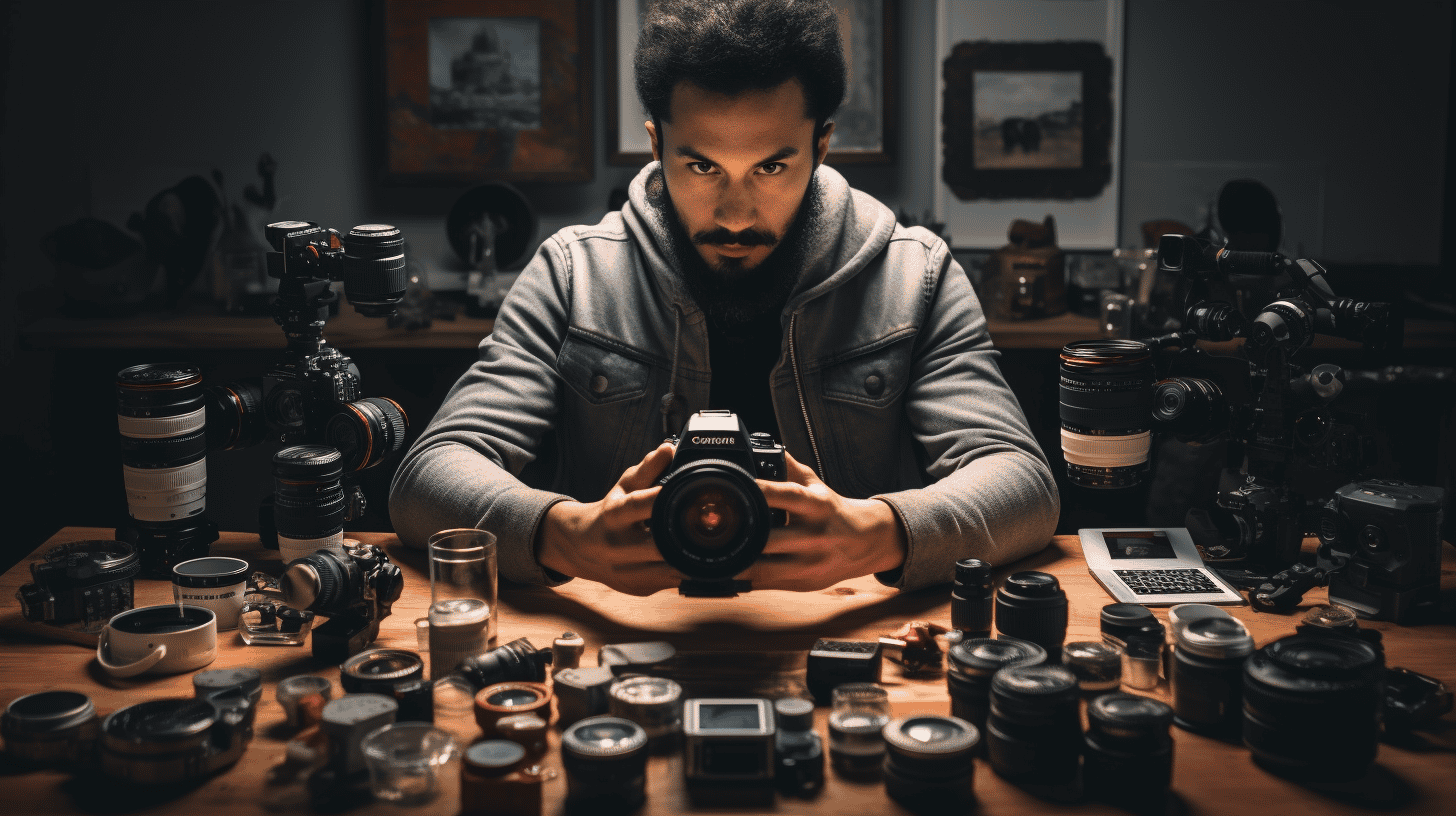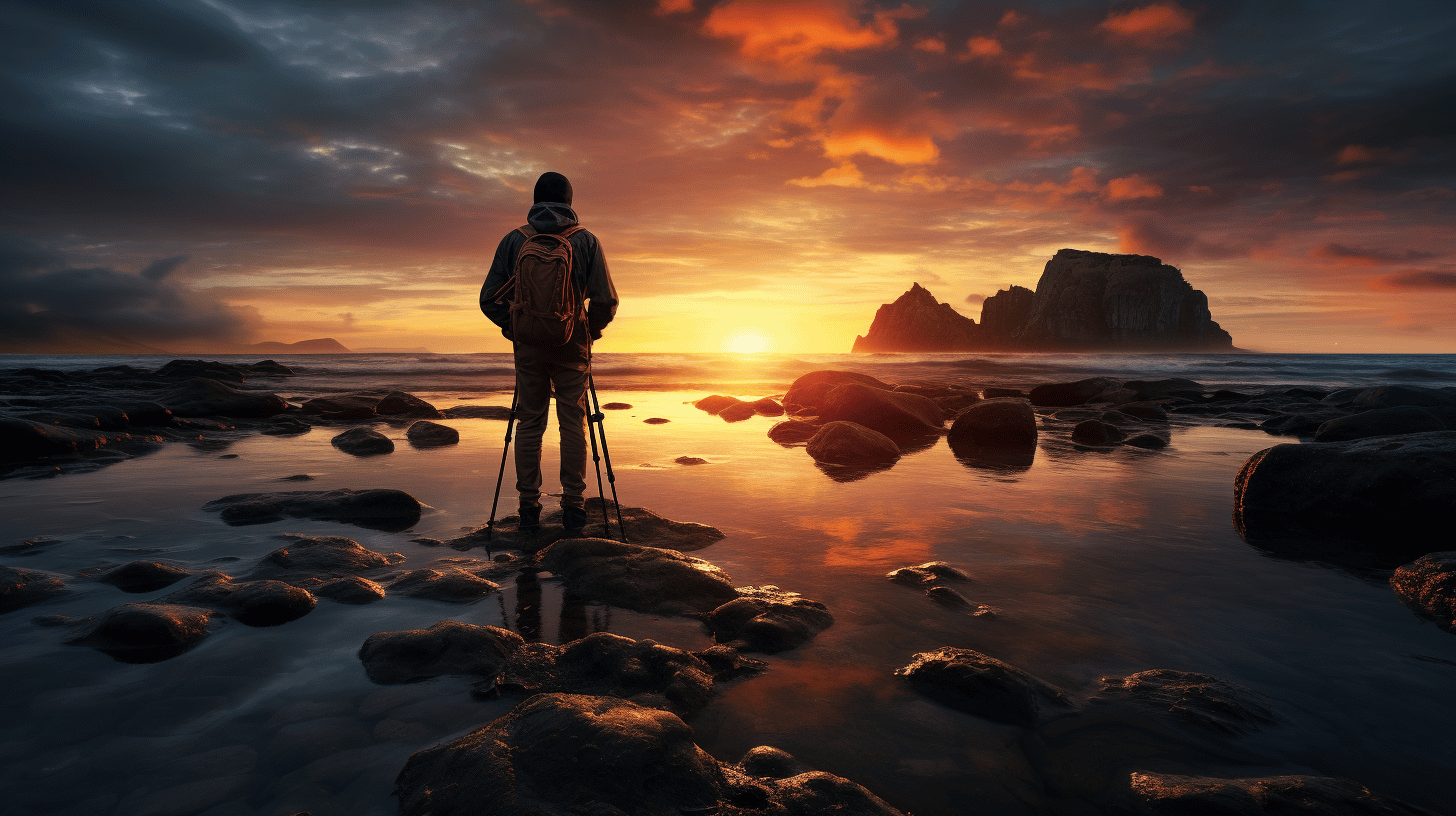In the world of fashion photography, lighting plays a crucial role in capturing compelling and stunning images. Adept use of lighting can transform an ordinary photograph into a breathtaking work of art. As a photographer, exploring innovative lighting techniques can greatly enhance your work and make your images stand out.
This article aims to guide you through the various innovative approaches to fashion photography lighting. With an emphasis on both technical and creative aspects, these techniques will help elevate your photographic skills to new heights. So, let’s delve further into the fascinating world of fashion photography lighting!
Table of Contents:
1. Understanding the Basics
Before diving into the advanced techniques, it’s crucial to understand the fundamental principles of lighting in fashion photography. You should be well-versed with terms like hard light, soft light, and shadows and how they impact your images.
Hard Light vs. Soft Light
Hard light creates sharp, defined shadows and offers an intense and dramatic appearance. Soft light, on the other hand, produces gentle and diffused shadows that lend a more flattering and subtle effect to your images.
Color Temperature
Color temperature, measured in Kelvin, impacts the overall mood and feel of your images. Warm tones (lower color temperature) can create a cozy and inviting atmosphere, while cool tones (higher color temperature) convey a sense of coolness and distance.
2. Essential Tools and Equipment
In order to get the most out of your lighting setup, you’ll need to have access to the appropriate tools and equipment. These tools will enable you to effectively control the light and make necessary adjustments to achieve the desired effect.
Lighting Modifiers
- Softboxes: Softboxes are used to create soft, diffused light. They come in various shapes and sizes, making them a versatile tool for different lighting setups.
- Umbrellas: Umbrellas are another popular tool for softening light. They can be shoot-through or reflective, depending on the desired effect.
- Grids and Snoots: These tools help narrow the beam of light, allowing for greater control and precision in directing the light.
Accessory Devices
- Reflectors: Reflectors are used to bounce light onto the subject, either to fill in shadows or create additional highlights.
- Gels: Gels are colored sheets that can be placed over the light source to modify the color temperature or create other artistic effects.
- Flags and Scrims: Flags and scrims can be used to block or diffuse light, providing more control over your lighting setup.
Educational Resources
To further enhance your lighting skills, consider investing in educational resources such as books, online courses, or workshops dedicated to the subject.
3. Innovative Lighting Techniques
Now that you have a firm grasp on the fundamentals and essential tools, it’s time to explore some innovative lighting techniques.
Mixing Ambient and Artificial Light
Using a combination of ambient and artificial light can create a unique and captivating look in your fashion photography. Experiment with different ratios of the two light sources to strike the perfect balance for your image.
Projecting Patterns onto Your Subject
Project patterns onto your subject using a light source and a gobo (a stencil placed in front of the light source to control the shape and pattern of light). This technique adds depth and interest to your images by creating intricate shadows and highlights.
Painting with Light
Long exposure photography allows you to “paint” your subject with light. Using a continuous light source, such as a flashlight or an LED light, you can create shapes, patterns, or even letters, effectively painting with light in the air.
Rear Sync Flash
Rear sync flash, sometimes called second-curtain sync, causes the flash to fire at the end of the exposure rather than the beginning. This technique can produce a motion blur effect while still retaining sharpness where the flash is fired.
4. The Importance of Experimentation
Last but certainly not least, never underestimate the power of experimentation. The most successful photographers are not afraid to break the rules and venture outside their comfort zones. So, embrace your creativity and dare to explore new approaches to lighting in fashion photography. Remember, practice makes perfect, and with each new technique you try, you’ll become more skilled and versatile in your craft.
In conclusion, innovative approaches to fashion photography lighting can greatly impact the quality and style of your images. By expanding your knowledge, investing in the right tools, and continuously experimenting with techniques, you’ll be well on your way to creating breathtaking and memorable fashion photography images.




0 Comments